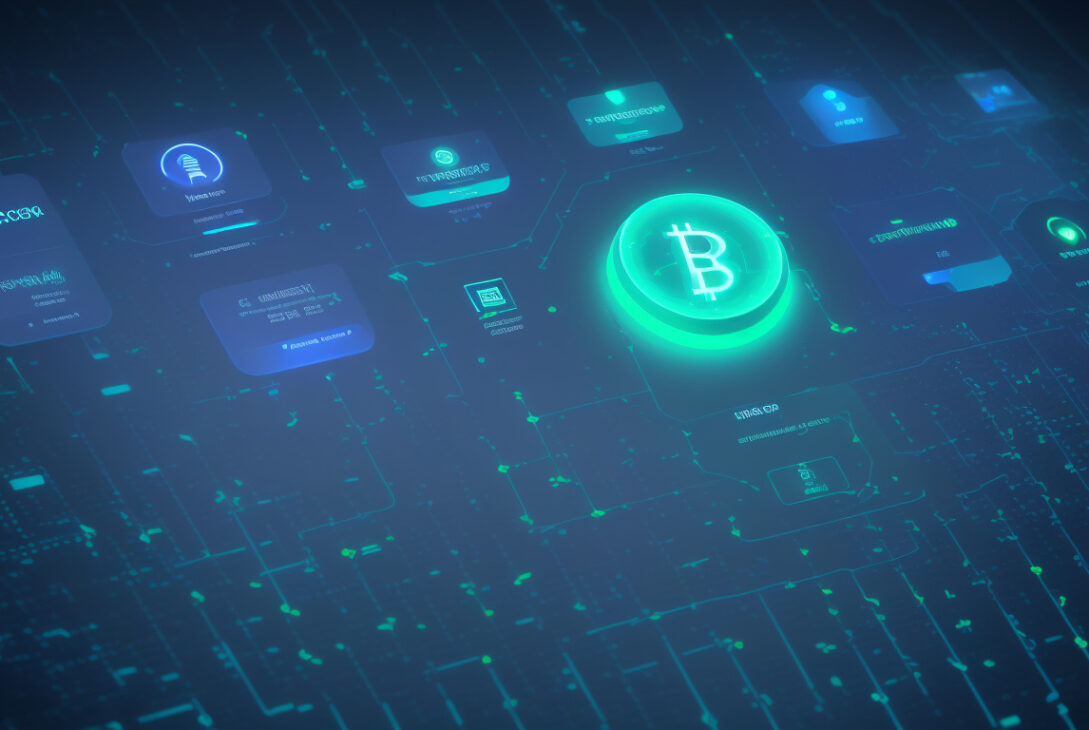In the blockchain world, technology evolves fast. Blockchain oracle stands central. It links smart contracts with data out there. This article shows how oracles change data checks. It reveals their impact, method, and future. The promise is simple: secure, trusted data for decentralized apps.
What Is a Blockchain Oracle?
A blockchain oracle acts as a bridge. It feeds data from the world to the blockchain. Blockchains, by themselves, lack access to the outside. So, an oracle supplies real-time data—price feeds, weather, sports, or more. Here, the oracle becomes the head that links smart contracts to the world. Without this link, smart contracts use only on-chain data. Their use is then very narrow.
Why Data Verification Is Critical in Blockchain
Data matters. It must be real, pure, and fixed. Blockchain is a network that guards history. Poor data might lead to wrong smart contract work. It may cause loss, error, or weakness in dApps. In this network, oracle technology strengthens trust. It makes data true. And smart contracts then work as expected.
How Blockchain Oracles Authenticate Data
Oracles verify data before it enters the chain. They trust several clues and use many proofs:
- Multiple data sources strengthen checks. They fetch the same item from different nodes.
- Cryptographic proofs secure each link. Methods like Zero-Knowledge or TLSNotary hide secrets.
- Reputation systems mark honest data movers. Only those with high marks pass.
- Hardware oracles use safe devices. They employ Intel SGX and trusted zones.
By linking these methods, oracles trim risks. They keep smart contracts true and steady.
Different Types of Blockchain Oracles
Different oracles link data in their own way:
- Software oracles read online data. They pull prices from exchange APIs.
- Hardware oracles attach to sensors or gadgets. They measure temperature or location.
- Inbound oracles guide data into blockchain.
- Outbound oracles send on-chain details out.
- Consensus-based oracles mix data from many peers. They then decide what is true.
Each type plays a role. They tighten the chain’s trust in off-chain data.
The Impact of Blockchain Oracle Technology on Industries
Many fields shift by using oracle data:
- Finance trusts smart contracts for loans, insurance, and more. They gain real-time market data.
- Supply chains track goods. They check data to stop fraud.
- Insurance pays claims when oracles confirm events. Think natural disasters or delays.
- Gaming and NFTs link oracles to game scores and digital tokens.
- Governance builds better vote systems using real data.
These shifts prove oracles change old work. They clear the path for new technology.
Challenges Facing Blockchain Oracles and How They’re Being Addressed
Oracles face clear trials:
- Central points risk abuse when one node dominates.
- Data may get twisted on its path.
- Quick apps need fast data transfers.
- Costs rise with multiple checks and cryptography.
To handle these, newer designs call for decentralization. For example, Chainlink spreads work over many nodes. They use economic rules to secure honesty. Layered protocols and hybrid systems add extra strength.
List: Key Features of a Reliable Blockchain Oracle
When you pick or design an oracle, mind these keys:
- Decentralization: No single node can fail the chain.
- Security: Strength in cryptography and hardware guards.
- Transparency: Clear paths show data moves.
- Data Quality: Only top data enters.
- Scalability: It must work when calls rise.
- Cost-Effectiveness: Keep it affordable.
- Interoperability: Fit with many chains.
Future Outlook: The Continued Evolution of Blockchain Oracles
The path ahead shines bright. New trends include:
- Using AI and machine learning to check data.
- Cross-chain oracles that work over several networks.
- Privacy oracles that hide sensitive data.
- New standards and rules that boost trust.
These trends prove oracles are vital. They become the key for trusted decentralized work.

FAQ About Blockchain Oracle Technology and Data Verification
Q1: What exactly does a blockchain oracle do?
A blockchain oracle brings real-world data to smart contracts. It acts as the channel between off-chain events and on-chain actions.
Q2: How do blockchain oracles ensure data is verified and trustworthy?
They use many clues: multiple data sources, cryptographic locks, consensus checks, and sometimes hardware. Each link in the chain adds trust.
Q3: Can blockchain oracle technology work with any blockchain?
Yes, modern oracles are built for many chains. They support Ethereum, Binance Smart Chain, Solana, and others with smart data feeds.
Conclusion: Embracing Blockchain Oracles for Verified Data-Driven Futures
Blockchain oracles now shape data checks. They let smart contracts work with true, trusted world data. Oracles are the link in a chain that connects blockchains to off-chain facts. With advanced checks, decentralization, and new tech, they unlock fresh ground in many fields—from finance to supply chains.
For those who build on blockchain, reliable oracle solutions are no extra tool. They are essential. Embrace these links today and build secure, smart, and truly decentralized apps with verified, real-world data.
For more on blockchain oracles and data trust, see resources like Chainlink’s whitepapers. Start with oracle platforms and power your data with verified trust.










